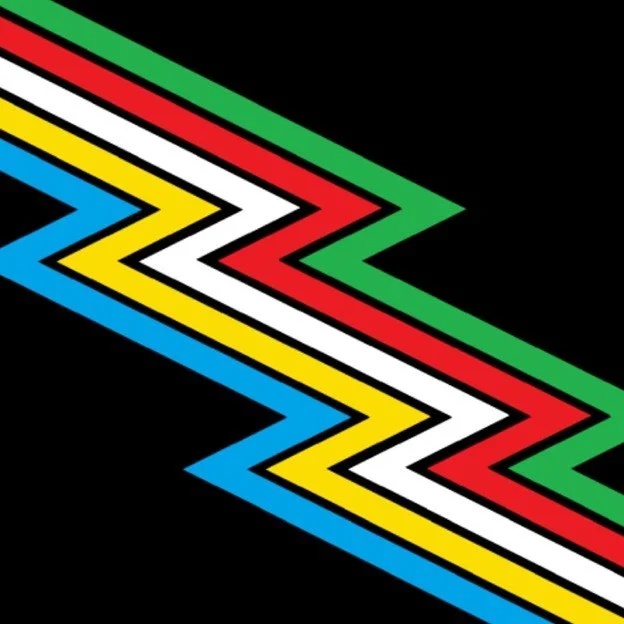Disability Pride Flag
July is Disability Pride Month, and Camp Summit will be honoring the lives of those with diverse abilities. Today on the blog, Oğulcan John Kalkanli will take us through the history and symbolism of the Disability Pride flag. Oğulcan John Kalkanli is a Ph.D. candidate in Humanities at The University of Texas at Dallas, where his research focuses on the T4 Program, a cynical effort of mass murder implemented by the Nazi regime during World War II that systematically persecuted people with disabilities in German-occupied Europe. This work also incorporates a second element, which addresses the aftermath of atrocities as it relates to the study of trauma, war, human rights, and genocide. Oğulcan is also the Chair of the Commission on Disabilities for the City of Dallas, the first of its kind established by Presiding Mayor Eric L. Johnson.
While disability is a major component of the human condition, it is not a separate identity on its own. Therefore, people with disabilities are the largest and most diverse minority within the U.S. population, representing all abilities, ages, races, ethnicities, religions and socioeconomic backgrounds.
History of the Disability Pride Flag
Disability Pride is meant to honor the history, experiences, contributions, struggles, and most important of all, the humanity of individuals encompassing diverse abilities. The original Disability Pride flag was created in 2019 by writer Ann Magill, who has cerebral palsy. Flags can raise awareness and are a symbol of solidarity, pride and acceptance, and the Disability Pride flag is no exception. Magill had attended an event for the 20th anniversary of the Americans with Disabilities Act, and was disappointed that it was confined to the basement and grounds of an independent living center instead of out in the public. The experience motivated her to create a Disability Pride Flag.
Understanding the Disability Pride Flag
Flags are traditionally flown to proudly signify nations and/or cultures. Flags also symbolize other types of identities and beliefs. One commonly recognized flag, for example, is the Juneteenth flag with a red and blue banner with bursting white star representing the end of slavery in the United States. The flag featured brightly colored zigzagging stripes over a black background. The zigzag represented how people with disabilities have to maneuver around all the barriers they face.
(Original Disability Pride Flag Designed by Ann Magill in 2019)
However, when viewed on the phone or a device, the design prompted symptoms in individuals with visually triggered disabilities. At the same time, the community offered suggestions. Magill refined the visual elements with these suggestions in mind. The new version straightened the strips and muted the colors. The stripes were also reordered to accommodate people with red-green colorblindness.
(Disability Pride Flag 2021)
Each color stripe has a meaning:
Red — physical disabilities
Gold — neurodiversity
White — invisible disabilities and disabilities that haven't yet been diagnosed
Blue — emotional and psychiatric disabilities, including mental illness, anxiety, and depression
Green — for sensory disabilities, including deafness, blindness, lack of smell, lack of taste, audio processing disorder, and all other sensory disabilities
The faded black background mourning and rage for victims of ableist violence and abuse. The diagonal band cuts across the walls and barriers that separate the disabled from normate society, also representing light and creativity cutting through the darkness.
Magill waived copyright and entered this disability pride flag into the public domain in an effort to encourage everyone with and without disabilities to promote and use the symbolic design.
So, will you be using the disability pride flag a couple months from now and moving forward?
Disability pride is a living movement and your support would be greatly appreciated.


